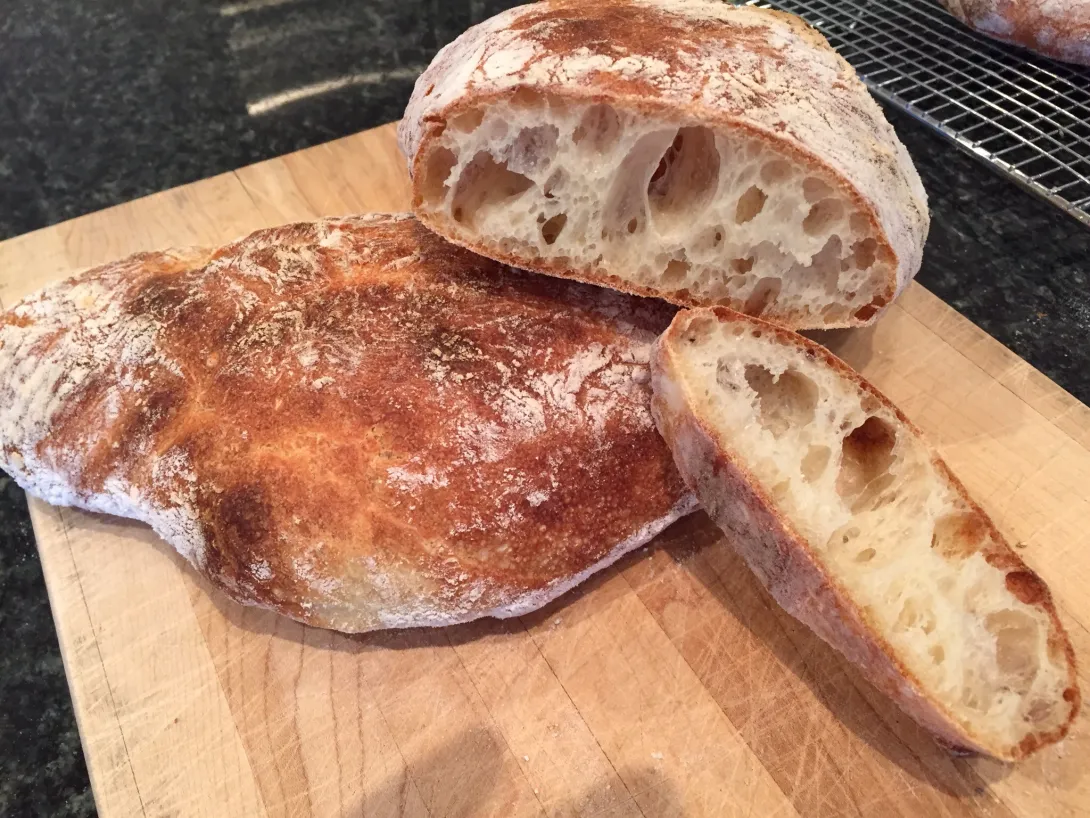Recent breads, cakes, tarts and confections (picture heavy)
It has been on my mind for a while to put a post together - my last one is from nearly two years ago! I better get this up before the winter semester starts on Monday.
I always get so inspired from all the wonderful things you are putting up on this site and cheer you on from the sidelines.
These are a few things I have been making in the last months.
My son has been home from university over the Christmas break, and it has been so much fun feeding him. He lost about 6 pounds during the end-of-semester stress and I was more than happy to put those back on his ribs! :)
- Log in or register to post comments
- 21 comments
- View post
- chouette22's Blog








 Eric's formula calls for neither a bold bake, nor making a ginormous boule instead of two smaller ovals, but I have been using my immense IMUSA caldera for big miche-like loaves for a while and couldn't resist giving an excellent deli rye a Forkish twist.
Eric's formula calls for neither a bold bake, nor making a ginormous boule instead of two smaller ovals, but I have been using my immense IMUSA caldera for big miche-like loaves for a while and couldn't resist giving an excellent deli rye a Forkish twist.